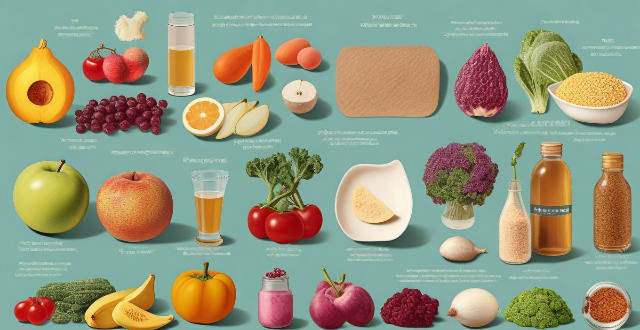Liver Hepatitis

Patients with fatty liver should exercise reasonably and choose the most suitable exercise for themselves

What are the recommended immunization schedules for infants and toddlers ?
Immunization schedules for infants and toddlers are designed to protect them from serious diseases by providing necessary vaccines at the right time. These schedules vary depending on the country and available vaccines, but general guidelines can be followed. Infants should receive vaccines for hepatitis B, DTP, PCV, Hib, poliovirus, and rotavirus at birth, 2 months, 4 months, 6 months, and 12-15 months. Toddlers should receive DTaP, IPV, Hib, PCV, hepatitis A, chickenpox, and influenza vaccines at 18 months and 2 years. It is important to consult with a healthcare provider to determine the appropriate immunization schedule for your child.

What vaccinations should I get before traveling to Africa ?
When planning a trip to Africa, it's essential to consider the necessary vaccinations to ensure your health and safety. The continent is vast, and the required immunizations can vary depending on which countries you will visit. Here are some general recommendations: - Yellow Fever Vaccine - Polio Vaccine - Hepatitis A Vaccine - Hepatitis B Vaccine - Rabies Vaccine - Meningococcal Meningitis Vaccine - Typhoid Fever Vaccine - Japanese Encephalitis Vaccine - Cholera Vaccine - Malaria Prevention It's crucial to consult with a healthcare provider or a travel medicine specialist at least 4-6 weeks before your trip to discuss your individual needs based on your itinerary, duration of stay, and personal medical history. They can provide personalized recommendations and ensure you have all the necessary vaccinations for a safe journey.

What are some common causes of foodborne illnesses ?
Food safety is a major concern for consumers, and there are several types of contaminants that can make food unsafe to eat. Bacterial contamination is the most common type, with Escherichia coli (E. coli), Listeria monocytogenes, Salmonella, Staphylococcus aureus, and Campylobacter jejuni being some of the most common bacteria that can cause foodborne illness. Viral contamination is also a concern, with norovirus, rotavirus, hepatitis A virus (HAV), and enteroviruses being some of the most common viruses that can cause foodborne illness. Parasitic contamination is less common but still a concern, with Giardia lamblia and Cryptosporidium parvum being two of the most common parasites that can cause foodborne illness. Chemical contamination is also a concern, with heavy metals, pesticides and herbicides, dioxins and PCBs being some of the most common chemicals that can contaminate food. Finally, there have been several outbreaks of foodborne illness in recent years, including outbreaks of E. coli O157:H7 in spinach in the United States in the late 1980s and early '90s, outbreaks of Listeria in deli meats in Canada in the late '90s and early '00s, and outbreaks of norovirus in cruise ships in recent years.

What are the potential risks associated with a high-fat diet ?
A high-fat diet, particularly one rich in saturated and trans fats, can pose several health risks. These include an increased risk of cardiovascular disease, obesity and weight gain, type 2 diabetes, liver disease, cancer, and digestive issues. It is essential to maintain a balanced diet that includes healthy fats while limiting the intake of saturated and trans fats found in processed foods and fried foods.

How many virus variants have been identified so far ?
This article identifies several notable virus variants, including the SARS-CoV-2 Variants (Alpha, Beta, Gamma, Delta, Omicron), Influenza Virus Variants (H1N1, H3N2, H5N1), HIV Variants (Subtype B, Subtype C, Various Recombinant Forms), Hepatitis C Virus Variants (Genotype 1, Genotype 2, Genotype 3), Dengue Virus Variants (DENV-1, DENV-2, DENV-3, DENV-4), and Zika Virus Variants (Asian Lineage, East African Lineage, West African Lineage). It highlights the constant emergence of new variants due to viruses mutating and adapting to their environments.